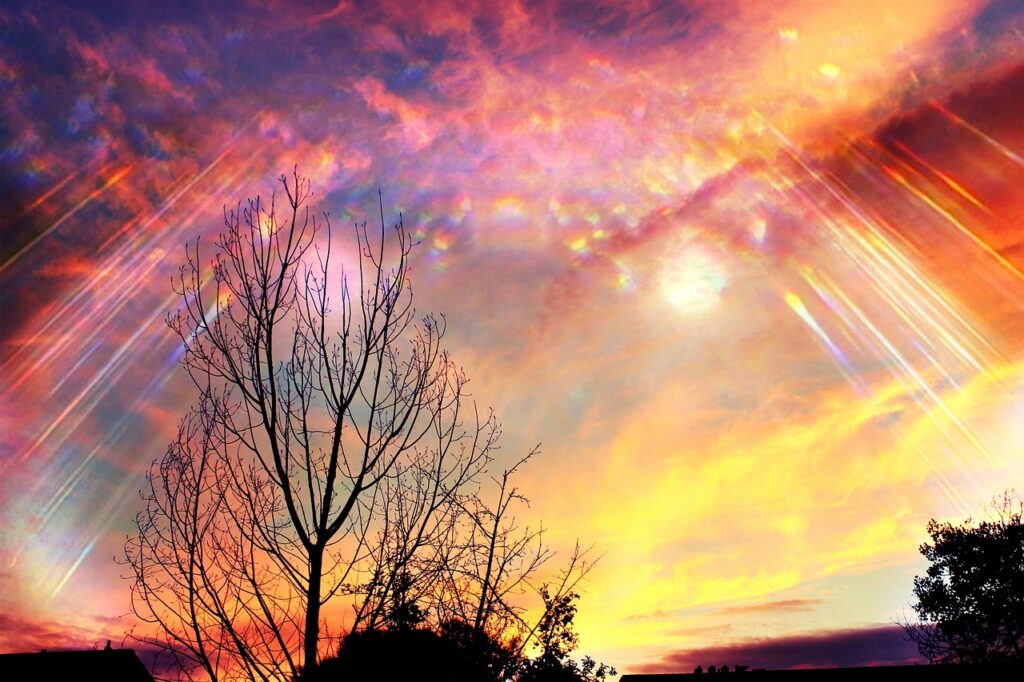
“That Brahman is in front and in back, in the north, south, east, and west, and also overhead and below. In other words, that supreme Brahman (Parabrahman) effulgence spreads throughout both the material and spiritual skies.”
(Mundaka Upanishad 2.1.1)
God, who embodies eternity, knowledge, and bliss, is realized in three distinct forms – Brahman, Antaryami (Paramatma), and Bhagavan. Brahman refers to the omnipresent aspect of God, Antaryami signifies the inner voice of conscience, while Bhagavan represents the Supreme Person who resides beyond the material universe and possesses six types of opulence in their entirety, including strength, fame, wealth, knowledge, beauty, and renunciation. It is akin to how sunlight is inseparable from the sun; the effulgence of the Supreme Lord pervades everything and is identical to Him. The first aphorism of the Vedanta-sutra, ‘Athato brahma jijnasa,’ calls for an inquiry into Brahman, the ultimate truth that transcends the material realm and is of a spiritual nature. Therefore, we must acknowledge and extol the unparalleled virtues of the all-pervading Brahman (also referred to as ‘Parabrahman’), who radiates as an eternal, all-knowing, and all-blissful infinite being. The focus of this article is to shed light on the six essential aspects that one should be aware of regarding Brahman.
#1 Brahman is the source of everything
Brahman is the source of all there is including the physical world, consciousness, and all living beings. Brahman is the impersonal and absolute reality that transcends all dualities, including good and evil, and is beyond the comprehension of the human mind. It is the unchanging, eternal, and infinite essence that pervades the entire creation.
Lord Krishna confirms this in Bhagavad Gita wherein He enlightens Arjuna as follows –
aham sarvasya prabhavo
mattah sarvam pravartate
iti matva bhajante mam
budha bhava-samanvitah
(Bhagavad Gita, 10.8)
–
I am the source of all spiritual and the material worlds. Everything emanates from Me. The wise who know this perfectly engage in My devotional service and worship Me with all their hearts.

The Bhagavad Gita also states –
yac capi sarva bhutanam
bijam tad aham arjuna
na tad asti vina yat syan
maya bhutam caracaram
(Bhagavad Gita, 10.39)
–
Furthermore, O Arjuna, I am the generating seed of all existences. No moving or nonmoving being can exist without Me.
Everything rests upon the Supreme Lord, whose effulgence pervades the entire creation as Brahman.
mattah parataram nanyat
kinchid asti dhanan jaya
mayi sarvam idam protam
sutre mani gana iva
(Bhagavad Gita 7.7)
–
O conqueror of wealth (Arjuna), there is no truth superior to Me. Everything rests upon Me, as pearls are strung on a string.
#2 Brahman is beyond one’s senses and intellect
Brahman lies beyond the purview of matter or our mundane senses. That is why the Supreme is also known as ‘adhoksaja’ or one who transcends the limits of sense perception or sensuous experience. According to the Upanishads, Brahman is both immanent and transcendent. It is present in every atom and molecule, and at the same time, it is beyond the reach of the senses and the intellect. From the conversations of Yajnavalkya and Gargi as recorded in the Brihad-aranakya-Upanishad, we come to learn –
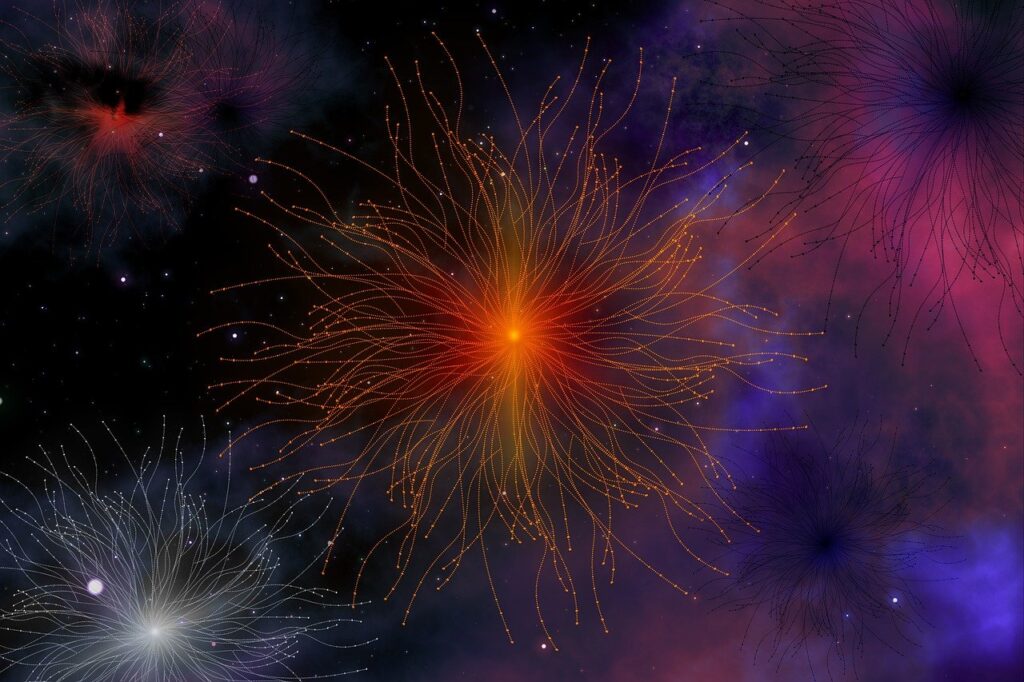
adva etadaksaram gargyadrstam drastr, asrutam srottr, amatam mantr, avijnatam vijnatr; nanyadato’sti drastr, nanyadato’sti srotr, nanyadato’sti mantr, nanyadato’sti vijnatr; etasminnu khalvaksare gargyakasa otasca protasceti
(verse 3.8.11)
–
Well, Gargi! Standing on the mundane platform, nobody has ever seen this imperishable Brahman, but He sees all; nobody has ever made Him the object of His hearing, but He hears everything; nobody has ever conceived Him, but He conceives all; nobody has ever known Him, but He knows all. There is no other observer than He, no other hearer than He, no other conceiver than He, no other knower than He. Well, Gargi! The infinite space is fully surcharged with the presence of this indestructible and immortal Brahman.
This is also confirmed in the Talabakar upanishad –
Yasyamant tasya manth manth yasye na yed sya
Avijnant vijnanta vijnantamah vijantamah
–
He who knows for certain that Brahman is incomprehensible knows something of Him; he on the other hand, who thoroughly believes that he comprehends Brahman has not known Him. Sages declare that Brahman cannot be realized through limited sense perception. It is only fools who think He is so understandable.
#3 Reliable Sources for Realizing Brahman: Aptavakyas (Vedas, Upanishads, etc.) Over Sensuous Realizations
To truly understand Brahman, or any divine concept, one cannot rely solely on their own sensory perceptions or intellect. The Vedic scriptures, which have divine origins, and the words of great souls who have achieved realization are the most reliable sources. This is why the Srimad Bhagavatam, spoken by the great devotee Sri Sukadeva Goswami and focused on the lives, teachings, and pastimes of exalted personalities, holds such great importance. The Bhagavad Gita emphasizes that in earlier times, the sacred science of the Supreme was transmitted through bonafide disciplic successions (evam parampara praptam) to ensure that it remained pure and free from the adulterations of independent sensuous realizations. By turning to these authoritative sources, we can gain a deeper understanding of the divine and move closer to realizing Brahman.
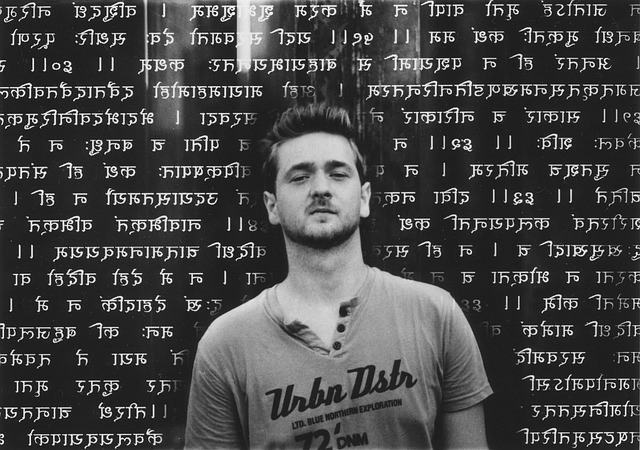
naiva vacha na manasa praptum śakyo na caksusa
astiti bruvato’nyatra katham tadupalabhyate
(Katha Upanishad, 2.3.12)
–
Not by speech, not by mind, not by the eye, can He (Brahman) be attained; How can He be realized by one except by those only who are on the same plane?
#4 Brahman is not passive but an ever active presence, complete with full of qualities that reveals Himself to His devotees
nayamatma pravacanena labhyo na medhaya na bahuna srutena
yamevaisa vrnute tena labhyastasyaisa atma vivrnute tanum svam
(Katha Upanishad, 1.2.23)
–
Brahman cannot be attained by many fine words nor by one’s intellect or even the hearing of scriptural texts. He only attains the Brahman who pleads or longs for Him. To him, this Brahman reveals His true nature.
Sri Isopanisad encapsulates this mood of a devotee, who totally surrenders himself unto the Supreme and begs for causeless mercy.
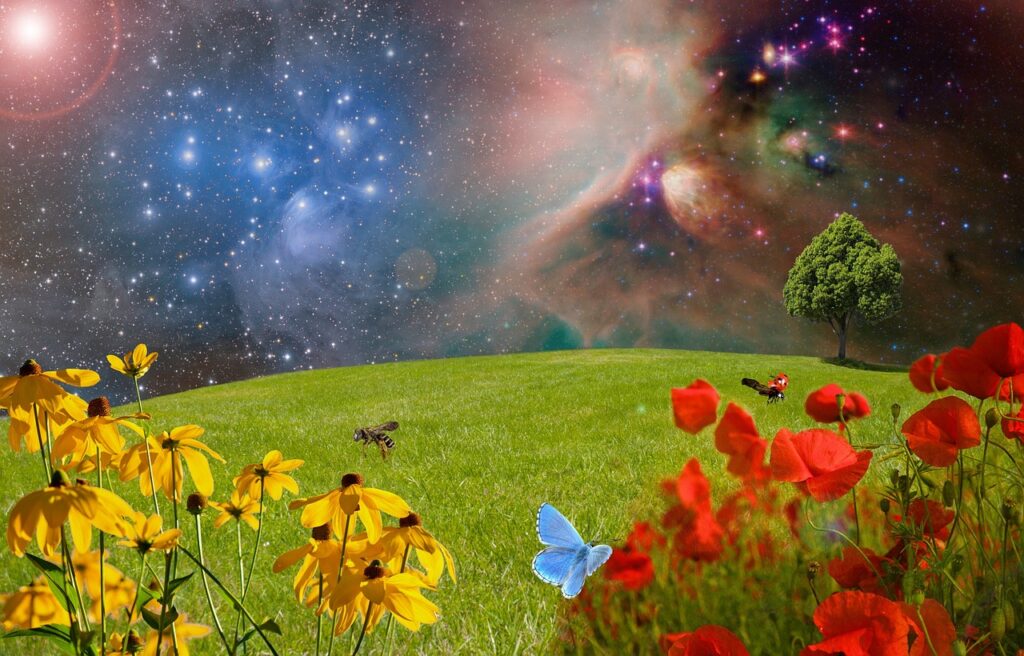
agne naya supatha raye asman
visvani deva vayunani vidvan
yuyodhy asmaj juhuranam eno
bhuyisthham te nama-uktim vidhema
(Isopanisad Mantra 18)
–
O my Lord, who art as powerful as fire, O omnipotent one, now I offer unto You my obeisances, falling upon the ground at Your feet. O my Lord, please lead me on the right path to reach You, and since You know all that I have done in the past, please free me from the results of my past sins so that there is no hindrance to my (spiritual) progress.
#5 Brahman harmonizes all opposites and contradictions into a harmonious whole
Brahman is a paradox that defies conventional understanding, as it reconciles all irreconcilable contradictions. This is evident in the writings of the renowned Bengali poet Kalidasa, who acknowledges the coexistence of opposing qualities in Brahman. In his works, Kalidasa writes – “Thou are ever-present in our hearts, yet thou art at a distance; Thou are free from desires, yet Thou practice severe austerities; Thou are full of mercy, yet Thou are unaffected by sorrow; Thou are the oldest being, yet Thou art free from the infirmities of age…”

Sri Isopanisad glorifies such apparent contradictions manifested by the Supreme as follows –
tad ejati tan naijati
tad dūre tad v antike
tad antar asya sarvasya
tad u sarvasyāsya bāhyatah
(Isopanisad, mantra 5)
–
He walks and does not walk. He is both far and near. He is within everything, and yet He is outside of everything.
The Svetasvatara Upanishad also glorifies the harmony of the apparent contradictions present in the Brahman.
apanipado javano grahita pasyaty acaksuh sa srnoty akarnah
sa vetti vedyam na ca tasyasti vetta tam ahur agryam purusam mahantam
(Svetasvatara upanishad, 3.19)
–
Grasping without hands, moving without feet, He sees without eyes and hears without ears. He knows what is to be known, but no one knows Him. The sages have called Him the First and the Greatest being.
#6 Brahman is both immanent and transcendent
Brahman is omnipresent, existing within and beyond the universe and persisting even after its dissolution. Brahman’s existence is all-encompassing, spanning the periods of creation, maintenance, and destruction. Brahman was present before the creation of the universe, coexists with it throughout its existence, and will continue to exist even after the universe is destroyed. In this way, Brahman’s presence is eternal and immutable, transcending the temporal cycles of creation and destruction.
sahasra sheerhaa purushah
sahasraaksha shrarpaath
sa bhuumim visvatho vruthvaa
athyathishta ddhasaangulam
(Purusha Shukta prayers, Rigveda)
–
Brahman has infinite heads, infinite eyes and infinite feet. He has enveloped this world from all sides and has (even) transcended it by ten inches (angulas).
Lord Krishna confirms the same in Bhagavad Gita –
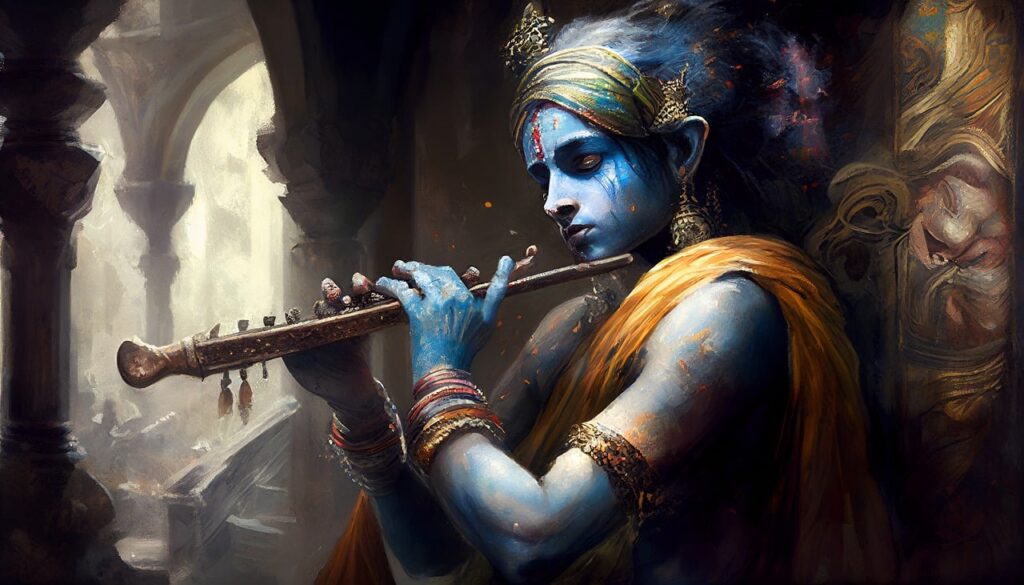
ye caiva sattvika bhava
rajasas tamasas ca ye
matta eveti tan viddhi
na tv aham tesu te mayi
(Bhagavad Gita, 7.12)
–
Know that all states of material existence – the modes of goodness, passion, or ignorance – are manifested by My energy. I am, in one sense, everything, but I am independent. I am not under the influence of the modes of material nature, for they, on the contrary, are within Me.